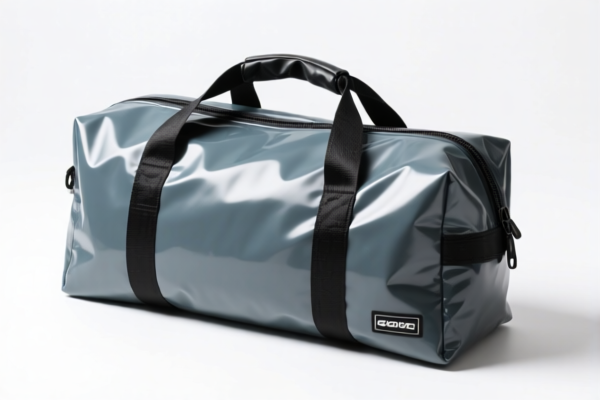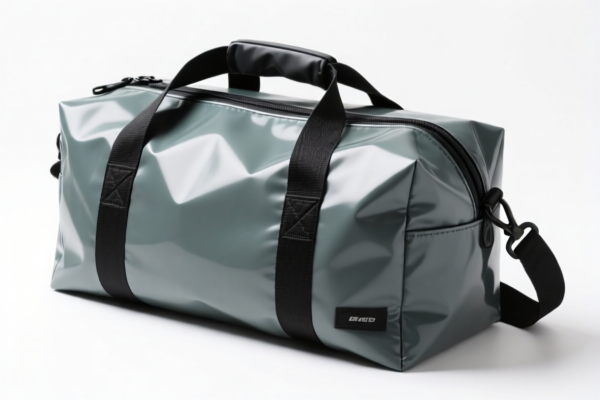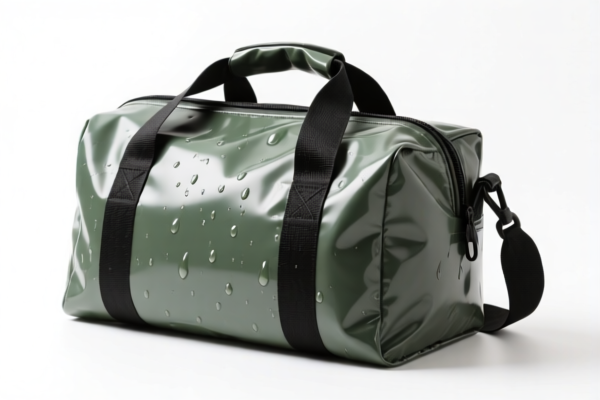| HS Code | Official Doc | Tariff Rate | Origin | Destination | Effective Date |
|---|---|---|---|---|---|
| 4202924500 | Doc | 75.0% | CN | US | 2025-05-12 |
| 4202929700 | Doc | 72.6% | CN | US | 2025-05-12 |
| 4205000500 | Doc | 57.9% | CN | US | 2025-05-12 |
| 4205008000 | Doc | 55.0% | CN | US | 2025-05-12 |
| 6305900000 | Doc | 43.7% | CN | US | 2025-05-12 |
| 6305390000 | Doc | 45.9% | CN | US | 2025-05-12 |
| 6307908500 | Doc | 35.8% | CN | US | 2025-05-12 |
| 6307909885 | Doc | 37.0% | CN | US | 2025-05-12 |
| 3923210085 | Doc | 58.0% | CN | US | 2025-05-12 |
| 3923210095 | Doc | 58.0% | CN | US | 2025-05-12 |
| 3926903300 | Doc | 36.5% | CN | US | 2025-05-12 |
| 3926909989 | Doc | 42.8% | CN | US | 2025-05-12 |
| 6114909070 | Doc | 35.6% | CN | US | 2025-05-12 |




Wet Dry Bag
A wet dry bag is a reusable bag designed to separate wet and dry items, commonly used for carrying clothes, towels, toiletries, and other personal belongings. They are popular among travelers, gym-goers, parents, and anyone needing to contain damp or soiled items.
Material
Wet dry bags are typically constructed from:
- PUL (Polyurethane Laminate): This is the most common material. It’s a waterproof fabric consisting of polyester or nylon with a polyurethane coating. PUL provides a reliable waterproof barrier and is relatively durable.
- TPU (Thermoplastic Polyurethane): A more durable and flexible waterproof material than PUL, often used in higher-end bags. It’s also considered more eco-friendly.
- Nylon/Polyester: Often used for the outer layer of the bag, providing abrasion resistance. These materials are not waterproof on their own but contribute to the bag’s overall strength.
- Polyester Fleece/Mesh: Often used for interior pockets to provide cushioning or allow for ventilation.
Purpose
The primary purpose of a wet dry bag is containment. This includes:
- Separating wet and dry items: Prevents dry clothes from getting soaked by wet swimwear, towels, or soiled diapers.
- Containing odors: Helps to isolate smells from dirty clothes, diapers, or gym gear.
- Protecting belongings: Offers a degree of protection against leaks and spills.
Function
Wet dry bags function as a waterproof or water-resistant barrier. The sealed seams and waterproof fabric prevent liquids from escaping. Many bags feature:
- Zippered closures: Provide a secure seal.
- Double-layered construction: Offers increased leak protection.
- Snap or Velcro closures: Often used in conjunction with zippers for extra security.
- Handles or straps: Allow for easy carrying or attachment to bags or strollers.
Usage Scenarios
- Travel: Packing wet swimwear, toiletries, or damp clothing.
- Gym/Sports: Carrying sweaty gym clothes, towels, or shoes.
- Baby/Toddler: Storing wet or soiled diapers, clothes, or bibs.
- Swimming: Packing wet swimsuits and towels.
- Camping/Hiking: Protecting electronics or clothing from rain or moisture.
- Emergency preparedness: Storing important documents or clothing in a waterproof container.
Common Types
- Single-Compartment Bags: Feature a single zippered pocket for storing wet and dry items.
- Double-Compartment Bags: Have separate zippered pockets for wet and dry items, offering better organization.
- Wet/Dry Bag Pouches: Smaller bags designed for storing small items like toiletries or diapers.
- Large Capacity Bags: Larger bags suitable for carrying a significant amount of items.
- Stroller Bags: Designed to attach to strollers for convenient carrying.
- Diaper Wet Bags: Specifically designed for diapers, often with additional features like a snap closure and a handle for easy attachment to a diaper bag.
Based on the provided information, classifying "wet dry bag" requires careful consideration of its material and intended use. Here's a breakdown of potentially relevant HS codes:
- 6305.90.00.00: Sacks and bags, of a kind used for the packing of goods: Of other textile materials (899). This code covers sacks and bags made from other textile materials used for packing goods. If the "wet dry bag" is constructed from such materials and primarily functions as a packing container, this could be applicable. The total tax rate is 43.7%.
- 3923.21.00.85: Articles for the conveyance or packing of goods, of plastics; stoppers, lids, caps and other closures, of plastics: Sacks and bags (including cones): Of polymers of ethylene Reclosable, with integral extruded closure: Polyethylene retail carrier bags (PRCBs) with handles (including drawstrings), with no length or width shorter than 6 inches (152.4 mm) or longer than 40 inches (1,016 mm). If the bag is made of polyethylene with a reclosable closure and falls within the specified size dimensions, this HS code is relevant. The total tax rate is 58.0%.
- 3923.21.00.95: Articles for the conveyance or packing of goods, of plastics; stoppers, lids, caps and other closures, of plastics: Sacks and bags (including cones): Of polymers of ethylene Other. If the bag is made of polyethylene but does not meet the criteria for HS code 3923.21.00.85 (e.g., different closure type, size outside the specified range), this code applies. The total tax rate is 58.0%.
- 6307.90.85.00: Other made up articles, including dress patterns: Other: Wall banners, of man-made fibers. If the bag is constructed from man-made fibers and functions as a wall banner, this HS code may be applicable. The total tax rate is 35.8%.
Important Considerations:
The classification hinges on the bag's material composition. If it's primarily plastic, HS codes beginning with 3923 are more likely. If it's textile-based, 6305 is more appropriate.
Please verify the exact material composition to ensure accurate classification.
Customer Reviews
No reviews yet.